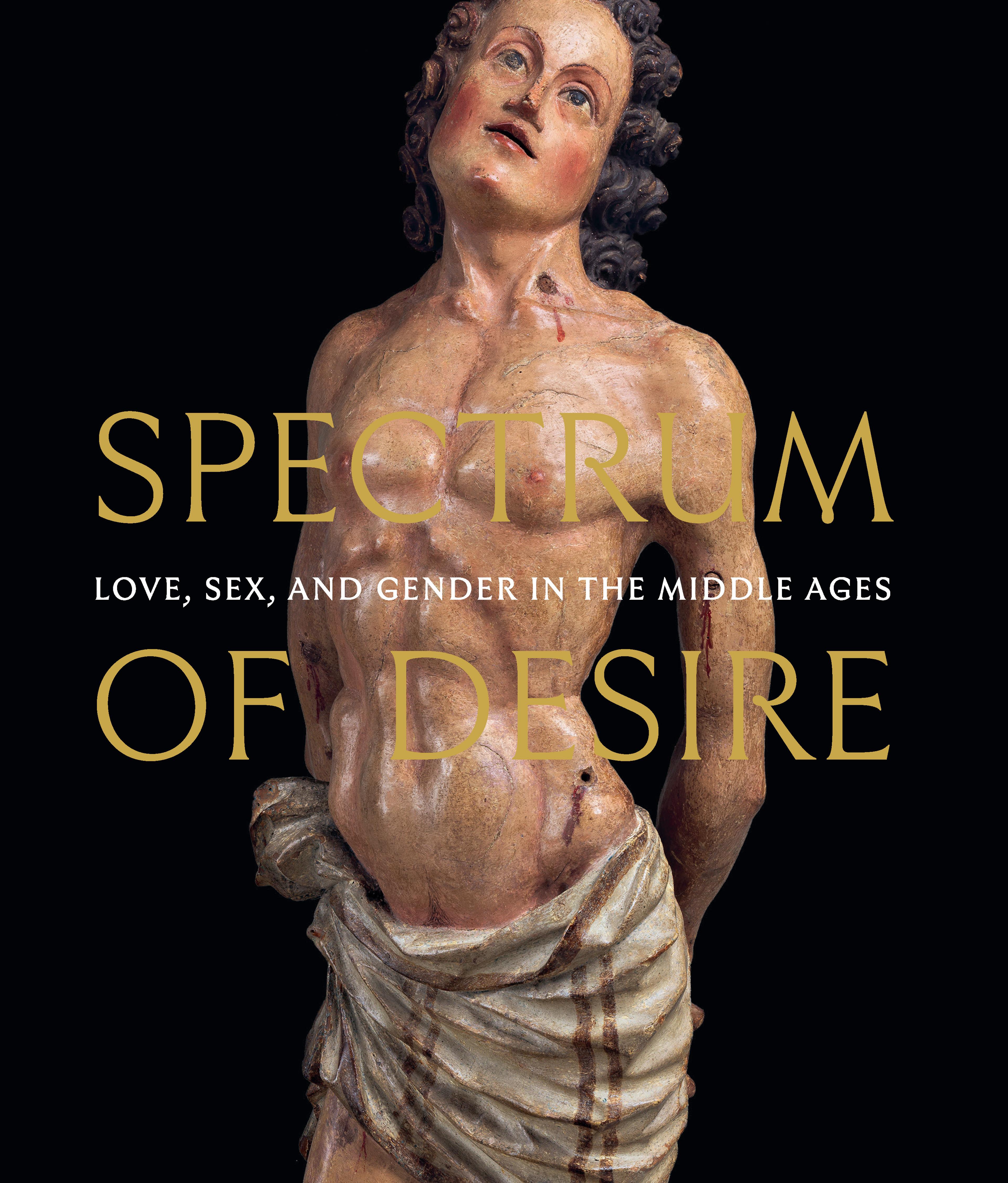Belt
The celebrated Italian poet Giovanni Boccaccio (1313–1375) tells of a silver belt stolen from a virtuous Genoese woman that was offered for sale in the market at Acre, a principal arrival point for European Christian pilgrims. The story bears witness to the lucrative and lively commerce between Italian merchant cities and the Holy Land. This belt, which combines typically European motifs like that of a woman spinning with images of men in Persian inspired costumes, boasts of the same wide world that Boccaccio took for granted.
Artwork Details
- Title: Belt
- Date: ca. 1330–50
- Geography: Made in possibly Genoa, Italy
- Culture: North Italian
- Medium: Silver, with traces of gilding and enamel; modern textile support
- Dimensions: 65 3/8 × 1 5/16 × 9/16 in. (166 × 3.3 × 1.4 cm)
Other (waist size): 21 1/16 - 33 7/16 in. (53.5 - 85 cm)
Other (width of textile support): 7/8 in. (2.3 cm)
Other (From end of belt buckle to change in orientation): 34 1/16 in. (86.5 cm)
Other (From end of belt strap to change in orientation): 40 3/16 in. (102 cm) - Classifications: Metalwork-Silver, Textiles-Woven
- Credit Line: The Cloisters Collection, 2015
- Object Number: 2015.705a, b
- Curatorial Department: Medieval Art and The Cloisters
More Artwork
Research Resources
The Met provides unparalleled resources for research and welcomes an international community of students and scholars. The Met's Open Access API is where creators and researchers can connect to the The Met collection. Open Access data and public domain images are available for unrestricted commercial and noncommercial use without permission or fee.
To request images under copyright and other restrictions, please use this Image Request form.
Feedback
We continue to research and examine historical and cultural context for objects in The Met collection. If you have comments or questions about this object record, please contact us using the form below. The Museum looks forward to receiving your comments.
